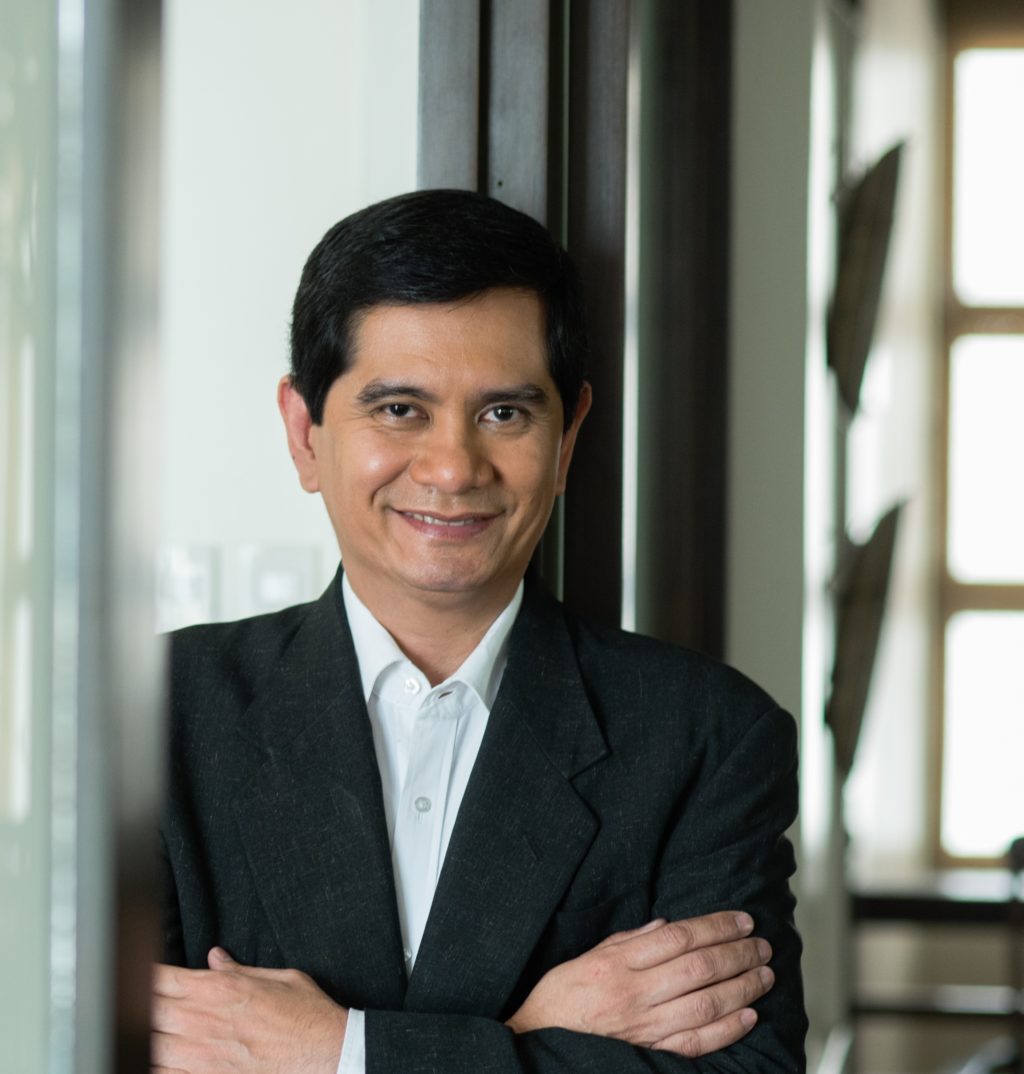
Question: In the book “The Warren Buffett Way” by Robert G. Hagstrom, Jr., it was mentioned that Warren Buffett favored owner earnings vs. simple accounting earnings in looking for companies that Buffett would invest in. The book further defined owner earnings as net income plus depreciation, depletion and amortization charges and then minus the capital expenditures a company needs to maintain its economic position. I am not an accountant nor an analyst. Can you please simplify this formula? Asked at “Ask a Friend, Ask Efren” free service through www.personalfinance.ph, Facebook, and SMS.
Answer: Figuratively walk with me.
Take an ordinary day in which you have money in your pocket. To get through that day, you will need to spend on certain things like transportation to and from work, food consumed at home and at work, mobile phone load, or your overhead costs, if you will. By the end of the day, you would have spent your money. But no need to fret because you still have money in your bank account.
And if that savings account gets wiped out, you still have your income to look forward to for replenishing your cash and getting you through another day, another week, another month and perhaps another year.
In a sense, the difference between your gross income and your expenses is equivalent to your cash flow from operating your (one person) household.
And this is the same as net income plus depreciation, depletion and (non-debt) amortization charges for corporations. You just don’t have the non-cash charges of depreciation, depletion and amortization.
But wouldn’t you be bored with life, doing the same thing, day in and day out? You probably would want to add a little spice to your life by going on a vacation, eating at restaurants, going out at night with friends. And if you feel more adventurous, you may want to consider buying a car to make the daily commute a bit more bearable.
Yet, after a certain time, you will realize that life is not meant to be enjoyed alone. Now you dream of getting married and raising your own family, sending your children to school, buying a house. And after the children have grown up, you will probably be thinking of enjoying a long, healthy and still productive retirement. Now add inflation to those dreams.
By the same token, companies dream of growing.
How is the growth going to be funded and inflation to be offset? One is by delaying self-gratification or retaining your earnings and reinvesting them in earning assets. For a company, they can delay or minimize the payment of cash dividends to shareholders by reinvesting them in the company. The other way is by borrowing to buy the same earning assets. But whether funding comes from own money or from borrowings, such funding sources need to be repaid.
In a household or company, the cash flow from operations minus investments in long-term earning assets is equivalent to owner earnings or what is also called free cash flow (FCF) from the asset perspective. This FCF can be used to pay household owners/shareholders in the form of dividends and creditors in the form of interest and principal.
So, in a household, your household, wouldn’t it be great if you can still pay yourself some dividends to enjoy whichever way your heart desires even after paying for your overhead and investing for the future (and of course paying debts)? That is personal finance at its finest.
Buffett is exactly looking for companies who can, amidst efforts to invest for the future and service debts, still pay dividends to its shareholders and on a consistent basis I might add.